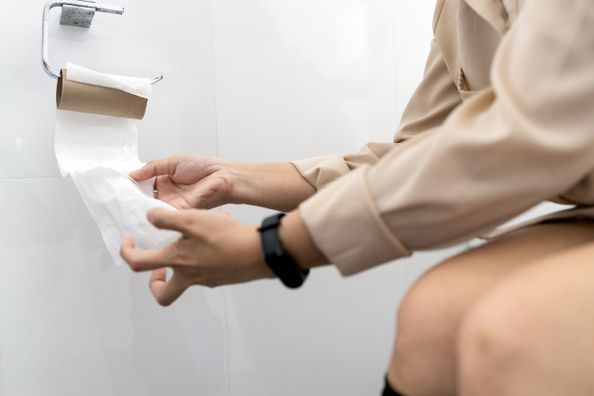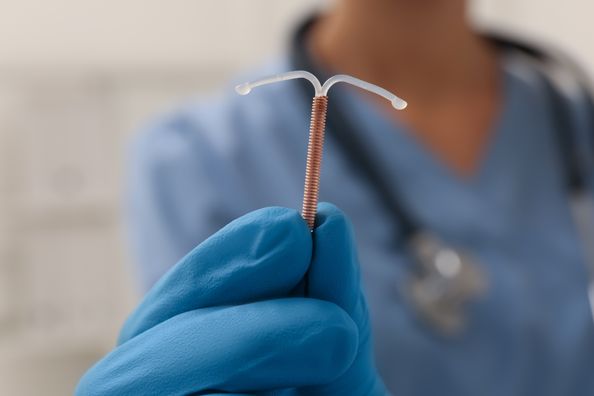How a Sling Works
In women with stress urinary incontinence, pelvic muscles and tissue have been weakened by pregnancy, childbirth, trauma, radiation, prior surgery, muscle damage or hormonal changes, causing the bladder and urethra to relax from their normal positions. The sudden, added pressure from coughing, sneezing, laughing or simple lifting can cause accidental loss of urine.
A sling helps to correct the conditions that cause stress urinary incontinence with a mesh material that supports the urethra. A narrow strip of polypropylene mesh is surgically placed in your body to cradle your urethra and give it a point of support. The self-fixating mesh anchors itself to tissue and muscle in the space surrounding the urethra.
Slings can be made from a synthetic permanent biocompatible material which helps to promote tissue ingrowth, which is essential to long-term success and provides support to your urethra. In some slings to treat female stress urinary incontinence, a narrow strip of mesh is placed in your body to support the urethra. The Urologist uses a transobturator approach to place the supportive mesh. This approach avoids the retropubic space, the area of loose connective tissue between the bladder, pubic bone and abdominal wall. With this approach, narrow mesh carriers are passed through an area near the groin at the obturator of the pubic bone. The mesh is then attached and pulled into place under the urethra. Once placed, the hammock cradles your urethra and gives it a point of support. Most patients are continent immediately following the procedure and can resume normal, non-strenuous activities within a few days.
Health Topics:







